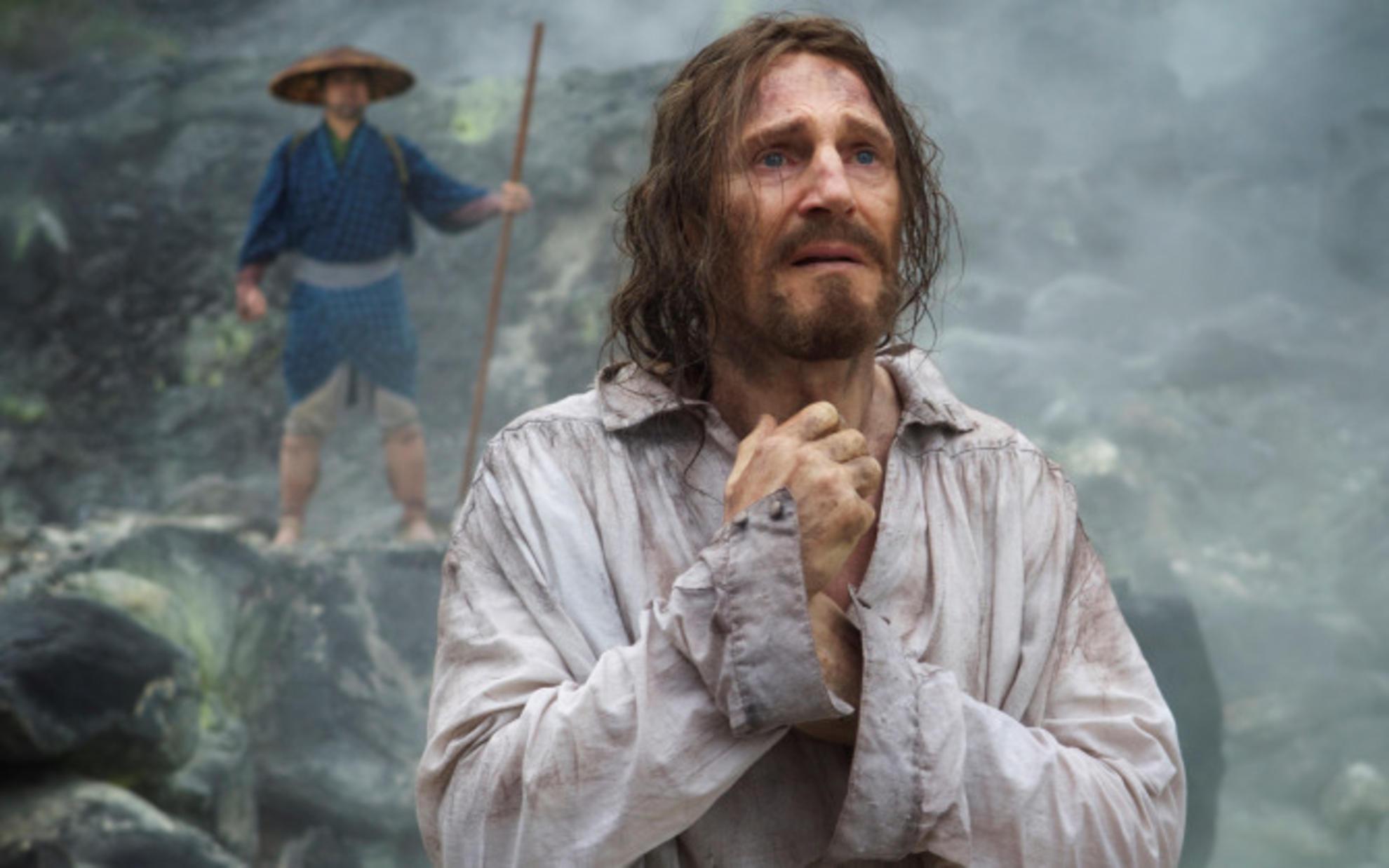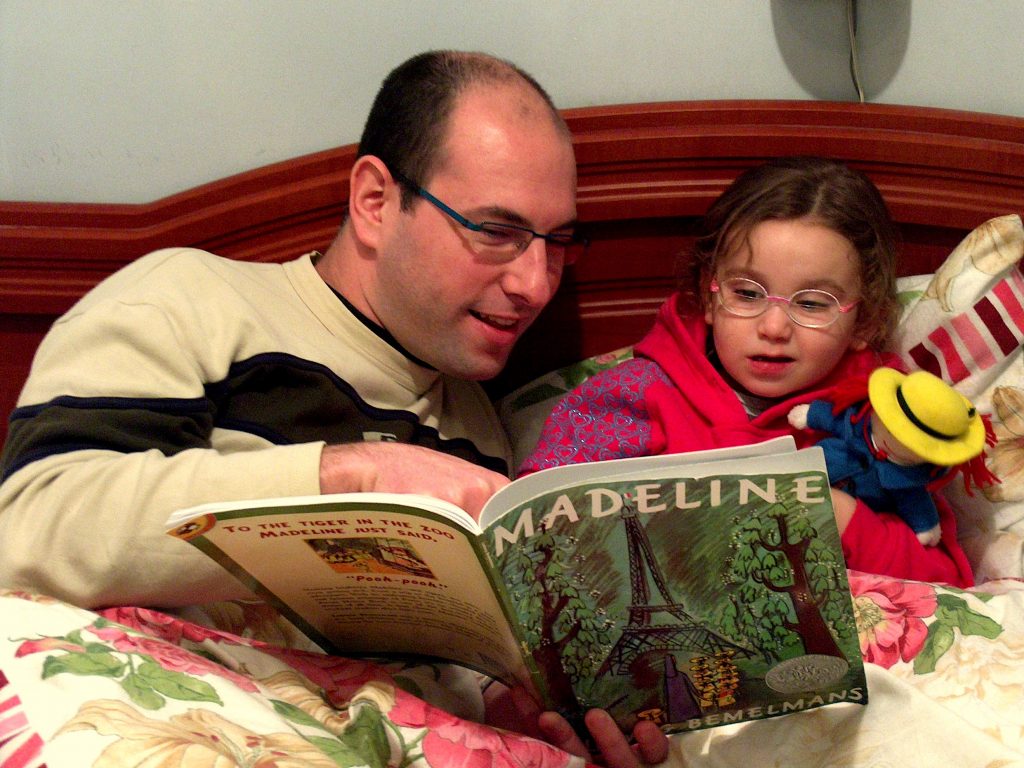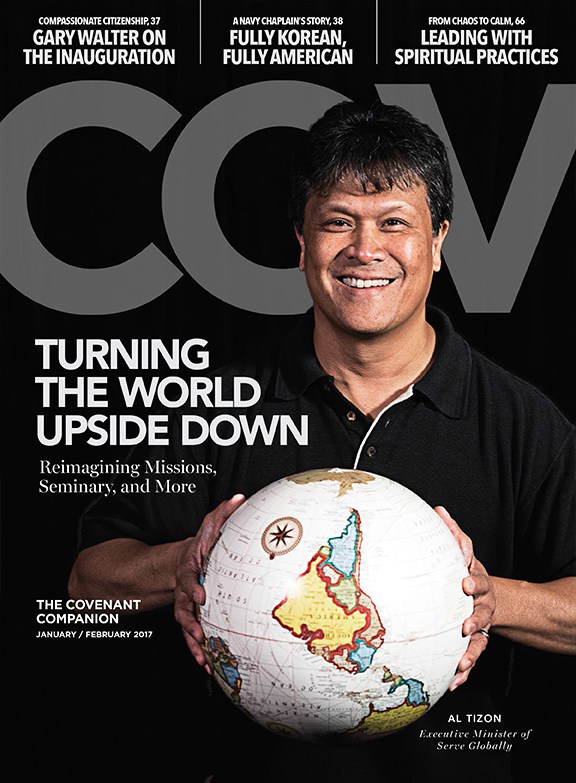 CHICAGO, IL (December 22, 2016) — Covenanters routinely share links to social media articles and videos that Covenant News Service believes may be of interest to others. Each Friday we post five of them. Following is a sample of those submissions—their inclusion does not represent an endorsement by the Covenant of any views expressed.
CHICAGO, IL (December 22, 2016) — Covenanters routinely share links to social media articles and videos that Covenant News Service believes may be of interest to others. Each Friday we post five of them. Following is a sample of those submissions—their inclusion does not represent an endorsement by the Covenant of any views expressed.
Scorsese’s Silence Asks What It Really Costs to Follow Jesus
As Martin Scorsese’s new film, Silence, hits theaters, numerous reviewers are commenting on how the famous director’s faith has impacted his storytelling. Agree or disagree with Scorsese’s artistic interpretations, this film raises questions about the intersection of faith and art, as well as what it costs to follow Jesus.
From the article: “Scorsese described the process of making Silence as a ‘pilgrimage,’ a working-out of his Catholicism through the medium he knows best: cinema. ‘My way into spirituality happens to be Roman Catholicism,’ he said…. ‘Over the years I have been concerned about just distilling it to the essence of how one should live one’s life in imitation of Christ, so to speak. This film enabled me to not only think about this but to work it. For me the film isn’t finished.’”
Judaism Brings God into Home in Way Christianity Rarely Does
My family background is half Jewish, and I always have been impressed with this contrast between the festivals of the Jewish faith, which center at home, and Christian celebrations, which almost exclusively take place at church, with the exception of Christmas.
From the article: “With catholic Christianity—and that includes my part of the (Church of England)—religion is for church. Very occasionally, I say prayers before meal times. Usually, it has to be said, when we have the bishop round for supper. And when a parishioner is too ill to make it to Sunday service, I take the eucharist to them at home. But all this is small beer compared with the wealth of liturgical and semi-liturgical stuff that goes on in the Jewish home: from the three-line whip of eating at home on shabbat, to the grand meal of the Passover seder, from the ceremony of circumcision (traditionally performed at home unless too many people want to come), to sitting shiva for the dead.”
 The Complicated History of Head Scarves
The Complicated History of Head Scarves
This article unveils values and practices in various cultures throughout the world that lead women to cover their hair. Muslim, Jewish and Christian traditions all have viewed the head covering for women as a form of piety. This informative and engaging piece frames the history of head coverings in the context of our current cultural context.
From the article: “Her declaration echoes a popular political cartoon. In it, two women—one in a revealing bikini with black sunglasses and another in a niqab, which covers the face in addition to the hair—judge each other. ‘Everything covered but her eyes, what a cruel male-dominated culture,’ the women in a bikini says. ‘Nothing covered but her eyes, what a cruel, male-dominated culture,’ the other retorts.”
Reading Physical Books to Kids Makes Parents More Affectionate
The article points to one more reason parents should read to their children, as well as why print publications continue to be so important.
 From the article: “Science tells us that, when it comes to children’s cognitive development, reading on screens is just as effective as reading on paper. But the parent-child relationship benefits more from story time with a paper book than with a tablet, because the interaction is warmer and friendlier.”
From the article: “Science tells us that, when it comes to children’s cognitive development, reading on screens is just as effective as reading on paper. But the parent-child relationship benefits more from story time with a paper book than with a tablet, because the interaction is warmer and friendlier.”
Decades of Not Recognizing ADHD in Girls Created “Lost Generation”
Talk of a “lost generation” may be extreme, but the general point is true.
From the article: “In Understanding Girls with AD/HD, Dr. Ellen Littman and her co-authors explain that ADHD was first diagnosed in young, white boys, with a key indicator being hyperactivity. As a result, guidelines were written around how it manifests in boys, and research is almost exclusively focused on boys (1% is specific to girls, Littman says).… Oddly, as awareness grows about ADHD in girls, there is evidence that boys are being wildly over-diagnosed with ADHD, including 17-year-old-boys who want extra time to complete the SAT for college applications.”
Categories:
News
Thanks for mentioning Martin Scorsese’s film, Silence. I would like to mention that the film is an adaptation of the novel of the same name by Japanese writer Shusaku Endo. Endo, a devout Catholic, explores the difficult intersection of gospel and culture, and the relationship between martyrdom and apostasy. Endo’s novel is a testimony to the powerful effect that culture has on how we experience, interpret, and interact with the gospel. I highly recommend it.